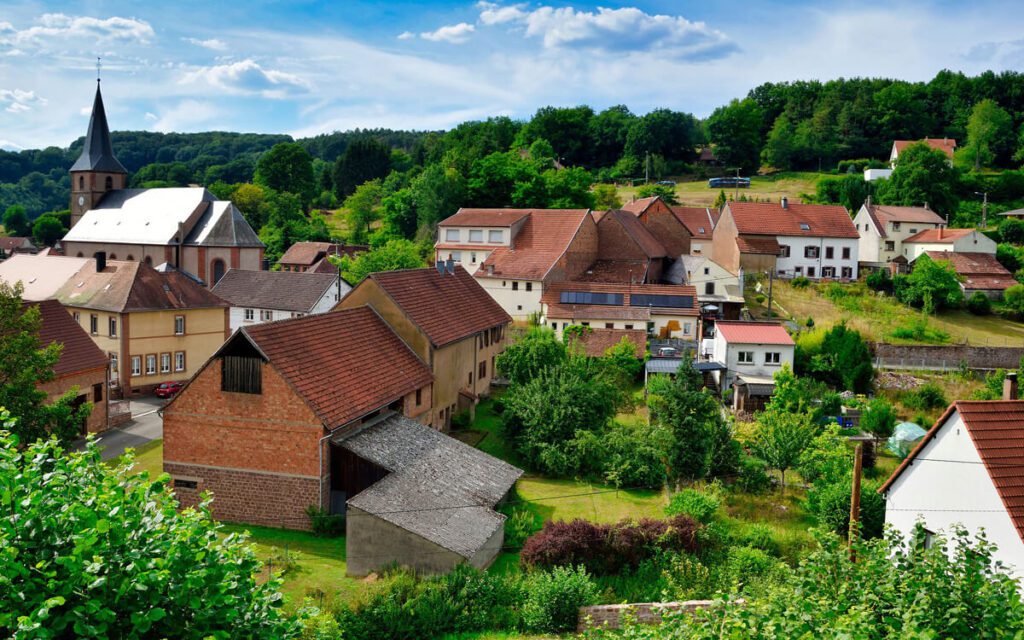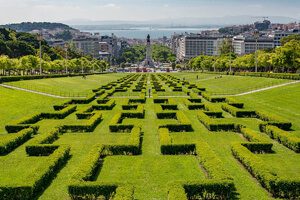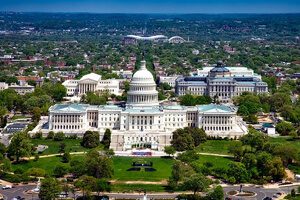
On the 50th anniversary of Earth Day, Resonance Consultancy revealed the best practices from the greenest cities in the world. For ranking, the firm considered 50 most visited cities as estimated by the total number of reviews on Tripadvisor.
Going forward, to create an index for the greenest cities, Resonance ranked each city based on nine different metrics. These include:
- Percentage of public green spaces
- Percentage of total energy requirements met by renewable sources
- Percentage of the population who uses public transport to commute to work
- Degree of air pollution
- Per person water consumption
- Walkability
- Availability of citywide recycling
- Availability of city-wide composting
- Number of farmer’s markets
As a result, 10 cities around the world turned out to be the greenest cities in 2020. Their green footprint provides a world with the roadmap to future cities – and it’s worth exploring.
Vienna, Austria, Europe
Vienna, the capital of Austria tops the list as it receives 30% of its total energy from renewable sources. Over 50% of its population regularly use public transportation – holding an annual transit pass. This makes the city European benchmark for the religious use of public transit.
On the other hand, many people travel using bicycles and rented bikes – ranking Vienna in the Top 10 Bike-friendly cities in Europe. The people of the city enjoy access to a high number of public spaces. Plus, with city-wide recycling and composting initiatives and 135 farmer’s markets, Vienna proves it.
Munich, Germany, Europe
Munich, the birthplace of BMW in Germany, is one of the most walkable cities with an appealing and most-used transit system. The city is investing in mobility infrastructure like the U-Bahn rapid transit system that will reduce car ownership. With good accessibility to public green spaces, it is no surprise that people have some of the best quality air to breathe.
Munich Airport has a department dedicated to ecological issues including aircraft noise, energy supply, waste, and water management. For example, the airport meets 50% of its energy demand through an onsite heat, power, and cooling plant. The outstanding efficiency of this energy conversion enables the saving of nearly 30,000 metric tons of carbon emissions annually.
Berlin, Germany, Europe
Berlin is popular for its abundance of green public spaces, walkable paths and city parks. The city’s population is heedful of their impact on the environment and has the least per person water consumption in Europe. While the use of public transport is good, the government uses engaging ways like increasing tax on petroleum – to persuade citizens.
To bring environmental awareness, Berlin runs interactive green tours. For instance, the Natural History Museum tour teaches about biodiversity and how to preserve it. Among many water recycling initiatives, the city apartments have a filter system to recycle and reuse greywater in rooftop gardens.
Madrid, Spain, Europe
The city center of Madrid has a rich amount of space dedicated to lush greens. The capital of Spain has an architecturally adorned green space commissioned by designers such as Francesco Sabatini. He is the Italian architect behind the Puerta de Alcalá.
With many big-investment projects like the central Gran Via boulevard, the city is making way for a pleasant stroll. Recently, Madrid became a regular issuer of green bonds to fund projects that have environmental and climate benefits.
São Paulo, Brazil, Latin America
Sao Paulo has bustling farmer’s markets with a mixed population of Italian and Japanese descendants and Lebanese and Syrian immigrants. The city is one of the largest consumers of renewable energy with a significant amount coming from sugarcane and hydropower. With more than 100 LEED-certified projects, the city is a key pioneer of green building in Latin America.
Metro lines, waterways, and bicycle lanes are primary transit systems. Minimum Waste and the GreenBlue Municipality Program works on sanitation improvements and solid waste management. Soon, Sao Paulo will be introducing solar PV micro-generation promoting biomass to replace fossil fuels.
Manchester, UK, Europe
It is quite a wonder that Manchester, an important center of the industrial revolution tops as one of the greenest cities. City-wide public transport, attractive pedestrian walkways, and plenty of farmer’s markets add to its distinction.
In 2016, the city committed to playing a full-fledged role in reducing the impact on climate change. Greater Manchester will become a greener place with the planting of 300 trees at Duet Salford Quays. Through the ‘City of Trees’ initiative, each tree will serve 270 residents while also invigorating the landscape.
Lisbon, Portugal, Europe


The capital of Portugal, Lisbon is the 2020 European Green Capital. The EU Commission awards the title to cities that take an excellent approach to combine environmental protection and quality of life.
Lisbon is one of those cities that are better explored on foot. Car use is restricted in many places and walking, cycling and public transport are prioritised.
Green developments like Vale de Alcântara will link the city’s natural amenities like Monsanto Park with cycle paths and walkways. With Europe’s largest number of farmer’s markets, It also has healthy recycling and composting programs. Lisbon also has one of the largest electric vehicle charging point (516) networks in the city.
Singapore, Asia
Singapore is a city that tops as both a smart city and a green city. The city-state has strong sustainable biodiversity plans to become the world’s greenest city. The nine-year-old Gardens by the Bay, several hundred acres of cultivated parkland on reclaimed urban land contribute to the goal.
Focusing on the citizenry, the city is now growing parklands into ‘therapeutic gardens’ designed for the elderly. It boasts 18 solar-powered “supertrees” with a height ranging from 80 to 160 feet. It is also taking measures to reduce emissions through initiatives like the introduction of incentives to opt for electric vehicles and energy-efficient appliances.
Amsterdam, Netherlands, Europe
Amsterdam has always been famous for its bike-friendly nature and love to explore on foot. Besides, the waterways add to its different appeal for public transport among residents. Increasingly, citizens are embracing solar panels to generate renewable energy.
The city is aiming to reach the number of households practicing these sustainable lifestyles to 92,000 in 2020. One of the city’s approaches is to encourage construction companies to develop greener properties to secure land tenders.
Washington, D.C., US, North America


It might be hard to believe that Washington D.C is one of the greenest cities. It is one of the underrated cities with 250,000 acres of parklands and 140 miles of bike paths for the public.
According to SmartAsset and WalletHub in 2018, the US capitol ranks number 1 for public transport. 58% of commuter trips in the city are by walking, bike or public transit.
Over 1400 buses in the city run on fuel that has a reduced impact on the environment. While the city is the 1st LEED Platinum City in the World, Washington D.C government is 100% powered by renewable energy.
With over 20 restaurants boasting food accolades, the city’s food scene is filled with an impressive amount of farmer’s markets. The policies, plans, and initiatives driven by these greenest cities are an inspiration for future urban design.



































